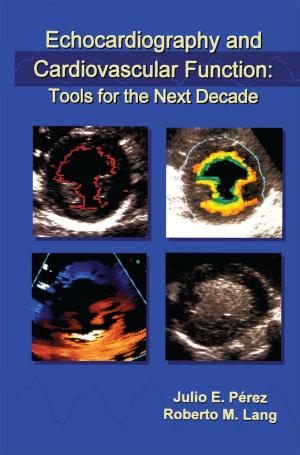Critical Care Infectious Diseases Textbook
Nonfiction, Health & Well Being, Medical, Specialties, Pulmonary & Thoracic, Critical Care| Author: | ISBN: | 9781461516798 | |
| Publisher: | Springer US | Publication: | December 6, 2012 |
| Imprint: | Springer | Language: | English |
| Author: | |
| ISBN: | 9781461516798 |
| Publisher: | Springer US |
| Publication: | December 6, 2012 |
| Imprint: | Springer |
| Language: | English |
Infections and their complications are a very Additionally, they have a responsibility to ensure important clinical area in the intensive care that nosocomial infections are prevented and unit setting. Community-acquired infections that antimicrobial resistance is minimized by and nosocomial infections both contribute to prudently employing antibiotic agents. It is our the high level of disease acquity common hope that this textbook will provide clinicians among critically ill patients. The importance practicing in the intensive care unit a reference of accurately diagnosing nosocomial infections to help guide their care of infected patients. To and providing appropriate therapies, to include that end we have brought together a group of antimicrobial therapy effective against the international authors to address important topics identified agents of infection, have been shown related to infectious diseases for the critical care to be important determinants of patient practitioner. outcome. Critical care practitioners are in a Jordi Rello, M. D. , Ph. D. unique position in dealing with infectious Jordi Valles, M. D. , Ph. D. diseases. They are often the initial providers of Marin H. Kolle!, M. D. care to seriously ill patients with infections. SECTION 1: GENERAL ASPECTS ]. Rello 1.
Infections and their complications are a very Additionally, they have a responsibility to ensure important clinical area in the intensive care that nosocomial infections are prevented and unit setting. Community-acquired infections that antimicrobial resistance is minimized by and nosocomial infections both contribute to prudently employing antibiotic agents. It is our the high level of disease acquity common hope that this textbook will provide clinicians among critically ill patients. The importance practicing in the intensive care unit a reference of accurately diagnosing nosocomial infections to help guide their care of infected patients. To and providing appropriate therapies, to include that end we have brought together a group of antimicrobial therapy effective against the international authors to address important topics identified agents of infection, have been shown related to infectious diseases for the critical care to be important determinants of patient practitioner. outcome. Critical care practitioners are in a Jordi Rello, M. D. , Ph. D. unique position in dealing with infectious Jordi Valles, M. D. , Ph. D. diseases. They are often the initial providers of Marin H. Kolle!, M. D. care to seriously ill patients with infections. SECTION 1: GENERAL ASPECTS ]. Rello 1.















